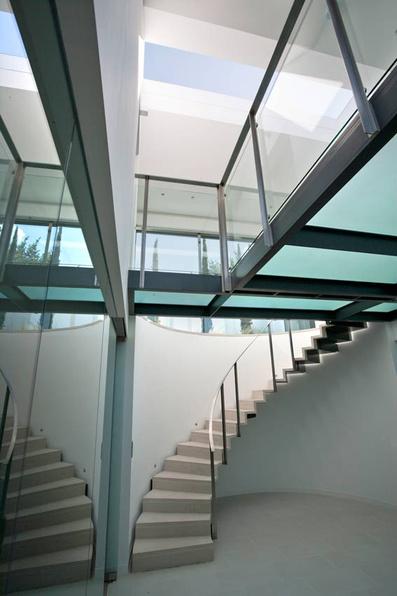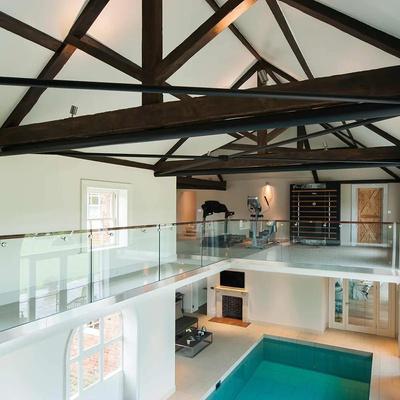
2 minute read
A SHORT HISTORY OF ETCHED GLASS
by Tracy Saunders, MD at Go Glass
We come from a long line of artists and engineers having traced our family tree back to Sculptor Edward Hodges Baily (1788-1867) whose works include Lord Horatio Nelson in Trafalgar square and Eve at the Fountain at the V & A Museum. Our Great Grandfathers engineering and building business in Cambridge ran from 1926 – 2011. We believe this mix of inherited skills has led us to create the company we have today and has given us a passion for decorative glass
Advertisement
Glass sandblasting today involves automated machinery to "blast" abrasive or sand particles at the surface of the glass This gives the glass a cloudy appearance and allows a range of effects to be produced such as shading to give a 3D look and feel to the glass
The process of glass etching was first developed in Sweden in 1771 and quickly gained popularity throughout Europe
Acid etching or french embossing involved masking areas of the glass either with wax, animal fats or sometimes glue (a process called glue-chipping, which is still used today) and then covering the panel with a mixture of diluted hydrofluoric acid with potassium fluoride Offering both privacy and letting in natural light meant it was used extensively in Victorian public houses, and many original panels are in existence today Bars and hotels in this period adopted the trend as it gave sitting areas a luxurious and expensive feel.
The glass excise tax or window tax of 1745 saw a decline in the use of glass in buildings other than large grand or country houses - large windows would inform the world that the owner was a man or woman of means
The act was repealed in 1851 and this year also saw Joseph Paxton use glass extensively as a building material for Crystal Palace as part of the Great Exhibition
In the late 1860s, with a booming housing market emerging, developers started using etched glass in front doors and side panels Its popularity and the need for a semi-industrial means of mass producing, what was at this time a handcrafted art, led to the introduction of glass sandblasting
As Design Director of Go Glass for over 35 years, Clive has exhibited at events such as Glasstec in Dusseldorf, Grand Designs Live, Hampton Court and Chelsea Flower Shows and has won manufacturing and innovation awards in the UK.
Shown here with one of his charity glass sculptures, Clive has designed glass for The Shard, Westminster Abbey, Bafta and Stanstead Airport, to name but a few.
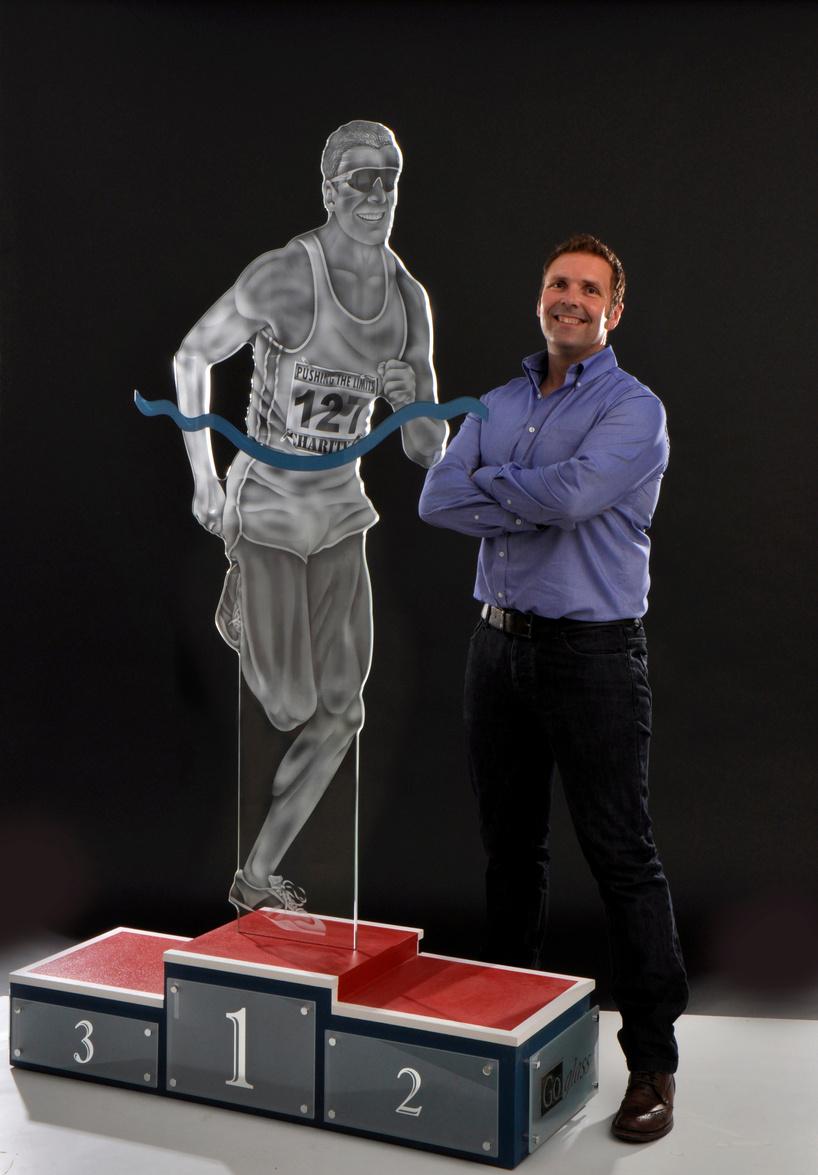
He leads a talented team of glass designers to produce a range of glass products with designs inspired by modern art, geometrics, the human form, history and nature.
Clive has a passion for glass design and architectural systems built up during his time at Go Glass. If you need a specialist glass consultant for any project, please call Clive on 01223 211041
Scan here or visit goglass co uk to see the range of etched and sandblasted glass designs available. Alternatively, call us on 01223 211041 for a full catalogue of Clive's hand-drawn glass designs.
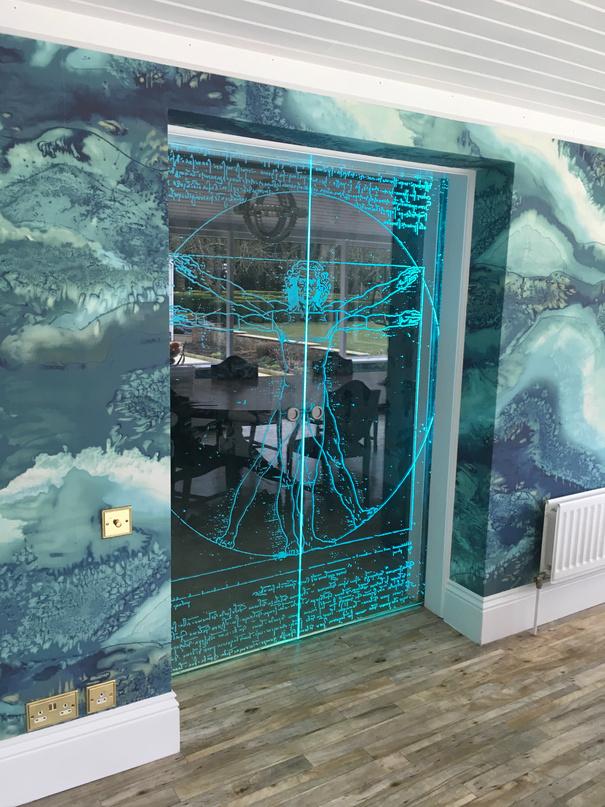



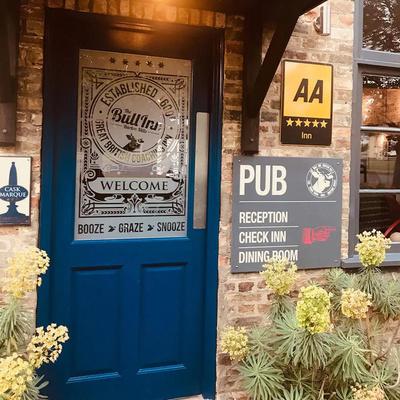
MODULAR GLASS WINE CABINETS
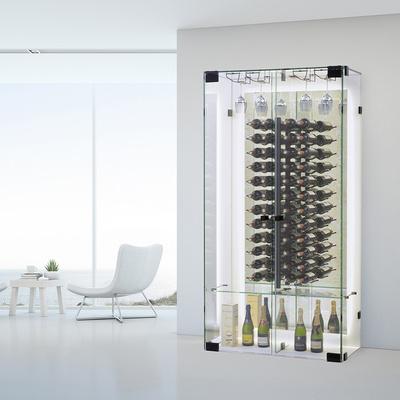
CUSTOM MADE GLASS WINE CELLARS

UV BONDED GLASS CABINETS
GLASS PROTECTION SCREEN & CABINETS

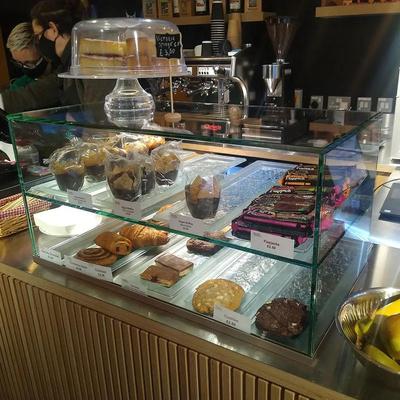
GLASS HANDRAILS AND BALUSTRADES GLASS STAIRS AND ARCHITECURAL SYSTEMS
